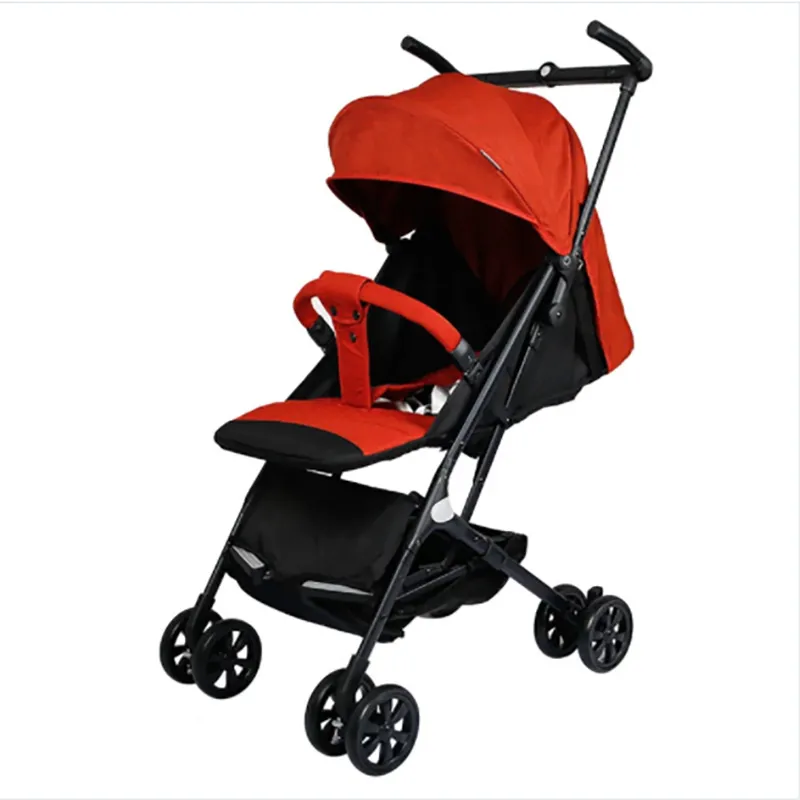10 月 . 16, 2024 01:57 Back to list
Understanding Mountain Bike Derailleurs for Improved Gear Shifting and Performance
Understanding Mountain Bike Derailleurs Function and Importance
When it comes to mountain biking, the derailleur is one of the most crucial components of the bike's drivetrain. This small but mighty mechanism is responsible for shifting the chain between different gears, allowing riders to adapt to varying terrains and inclines. Understanding how a derailleur works and its role in enhancing your biking experience can greatly improve your performance on the trails.
What is a Derailleur?
A derailleur is a gear-shifting mechanism that is prominently featured in most modern mountain bikes. It consists of a series of pulleys, a cage, and a spring-loaded arm that moves the chain from one sprocket to another on the cassette located at the rear wheel, and/or across the front chainrings. The primary function of the derailleur is to guide the chain during gear shifts, ensuring smooth transitions between gears.
Types of Derailleurs
There are two main types of derailleurs front derailleurs and rear derailleurs.
1. Front Derailleur This component shifts the chain between the chainrings located on the crankset. Typically, mountain bikes have two or three chainrings; the front derailleur enables riders to transition between these rings for varying levels of resistance and torque.
2. Rear Derailleur The rear derailleur is arguably the more complex of the two. It has to deal with the tension of the chain as it moves between the different cogs on the cassette. The rear derailleur is also responsible for maintaining correct chain tension, which is essential for efficient shifting and preventing the chain from falling off.
The Mechanics of Shifting
mountain bike derailleur

The shifting process is initiated by the rider through a gear shifter, typically located on the handlebars. When the rider pulls the shifter's lever, it activates the derailleur via a cable. For a rear derailleur, this action moves the derailleur arm and shifts the chain onto a larger or smaller cog, depending on whether the rider wants an easier or harder gear. The front derailleur functions similarly, moving the chain to engage different chainrings.
Modern mountain bikes often utilize either mechanical or electronic systems. Mechanical systems rely on cables that can stretch over time, requiring periodic adjustment. In contrast, electronic derailleurs offer precise shifts with minimal maintenance, as they automatically adjust to maintain optimal tension and alignment.
Importance of the Derailleur
The derailleur plays a significant role in the performance of a mountain bike. Here are a few reasons why a well-functioning derailleur is crucial
1. Efficiency A properly adjusted derailleur ensures that shifts are smooth and quick, which is essential for maintaining speed and momentum, especially on technical trails.
2. Adaptability Different terrains require different gear ratios. A good derailleur allows riders to select appropriate gears for climbing steep hills or speeding down descents, enhancing overall riding experience.
3. Durability The rugged nature of mountain biking places substantial stress on bike components. A high-quality derailleur, built for durability and reliability, can withstand the elements and rough conditions typical of mountain riding.
Conclusion
For mountain bikers, understanding the derailleur system is vital for both performance and enjoyment. Whether you're tackling steep climbs or navigating technical descents, having a reliable and efficient derailleur can make all the difference. Regular maintenance, proper adjustment, and understanding its mechanics not only enhance your biking experience but also prolong the life of your bike. Investing in quality derailleur components can be a game-changer, making it easier to tackle challenging trails and enjoy the great outdoors.
-
The Main Application Scenarios of Mountain Bike
NewsOct.29,2024
-
Suggestions for Selecting and Maintaining Mountain Bike
NewsOct.29,2024
-
Characteristics of Kids Balance Bike
NewsOct.29,2024
-
Characteristics of Baby Stroller
NewsOct.29,2024
-
Characteristics and Advantages of Mountain Bike
NewsOct.29,2024
-
Baby Stroller Purchasing Suggestions
NewsOct.29,2024
-
Suggestions for Purchasing Kids Balance Bike
NewsOct.09,2024

